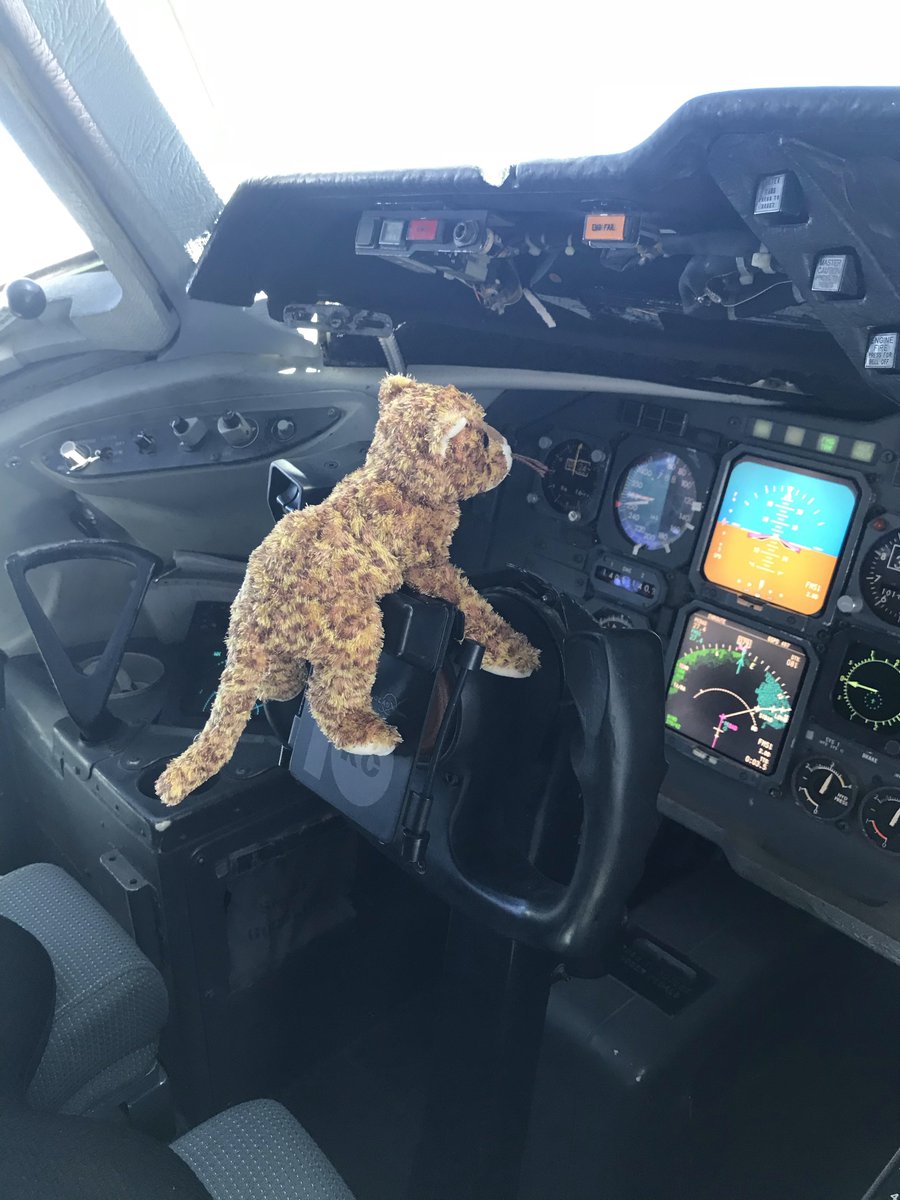#Chemtrails:
A global geo-engineering conspiracy, or conspiracy theory?
There are a LOT of otherwise reasonable people (up to 40%!) who believe it's the former.
In a way, that's understandable.
But...here's why it's the latter:
(Caution: replies section may get wild)
1/
A global geo-engineering conspiracy, or conspiracy theory?
There are a LOT of otherwise reasonable people (up to 40%!) who believe it's the former.
In a way, that's understandable.
But...here's why it's the latter:
(Caution: replies section may get wild)
1/
@Gnomosapien @american4sense @Aerys1221 Sorry - 8 seconds
Anyway, we’re about to wrap this thread up, barring some new allegation.
Before we do, I’d like to cover one last, general claim that makes the rounds:
“This has only become a thing in the past 2-3 years”.
89/
Before we do, I’d like to cover one last, general claim that makes the rounds:
“This has only become a thing in the past 2-3 years”.
89/
@EVOORGi It still confuses many people; additional pictures are available below.
https://twitter.com/MCCCANM/status/1649935267854454785
Looks like I didn’t make it to that last point! 90 tweets in a thread is quite enough.
Instead, I’ll leave with this…a 20 min video on pretty much everything we’ve covered here. The explanation of atmospheric physics is very helpful!
https://t.co/kWqRkaL1Ac
Instead, I’ll leave with this…a 20 min video on pretty much everything we’ve covered here. The explanation of atmospheric physics is very helpful!
https://t.co/kWqRkaL1Ac
https://twitter.com/AS332L/status/1670834701337079813
• • •
Missing some Tweet in this thread? You can try to
force a refresh











